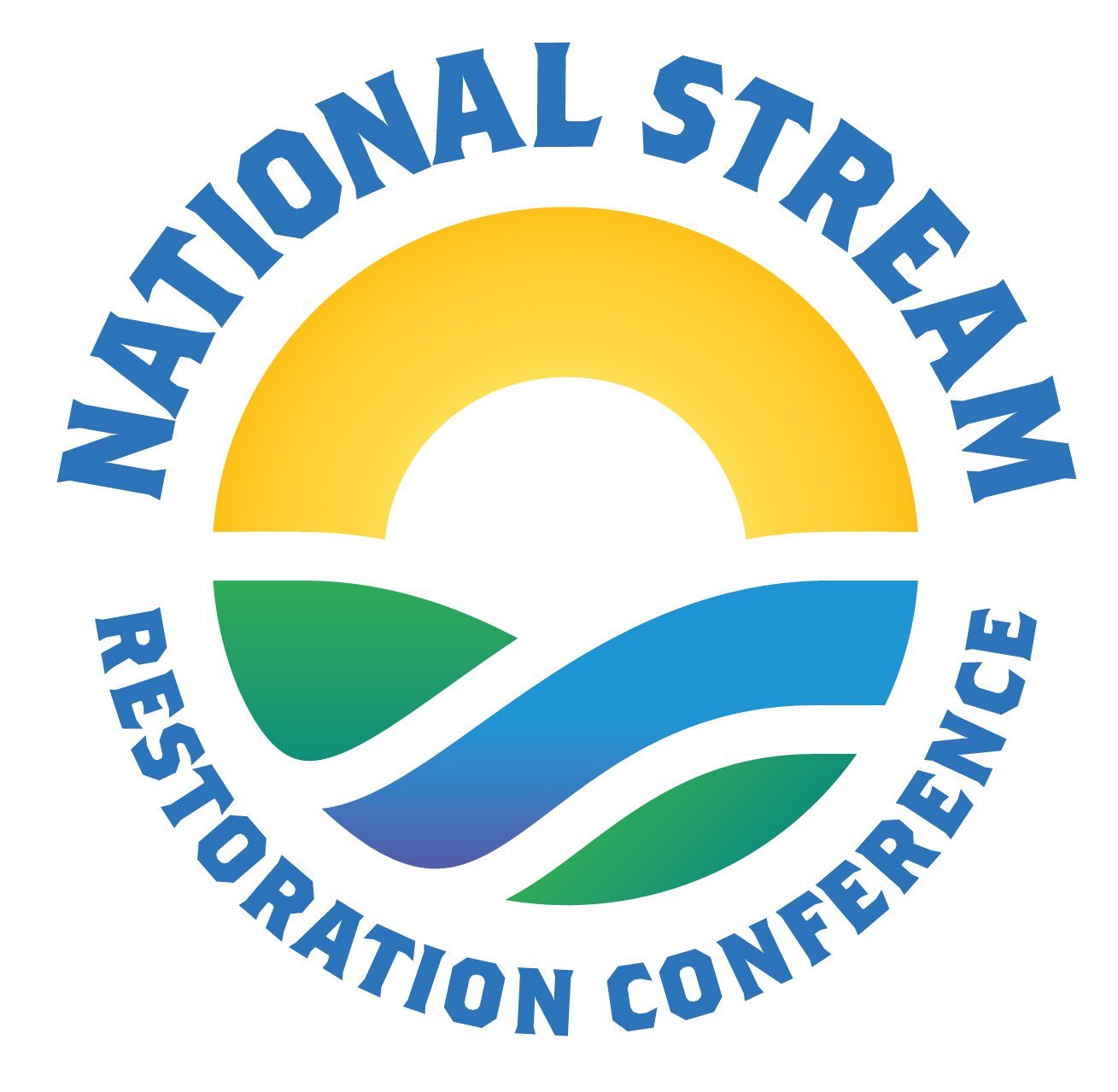Insect Habitat Created Through Native Vegetation Consideration in the Little Westham Creek Floodplain
Leah Purdy
Laura Sokol
RES
Richmond, VA
Authors: Leah Purdy, Laura Sokol
One of the biggest opponents of stream restoration, in the Mid-Atlantic, is the pushback it receives when communities are concerned about forested habitat loss due to tree removal when regrading floodplains. While forested habitats are important, they are also one of the most abundant habitat types in Virginia. The temporary deforestation of restored floodplains presents an opportunity to provide vital pollinator habitat through thoughtful vegetation considerations.
Insect populations have been declining rapidly over the last few decades. By planting valuable pollinator host and forage species in restored floodplains, stream restoration practitioners can create vital pollinator habitat that may ease the concerns of those opposed to restoration over forested habitat loss.
A photographic insect survey, completed monthly at Little Westham Creek from May to October of 2024, identifies insect taxa that have populated the site post-construction and looks at their relationship to the replanted floodplain.
The restoration of Little Westham Creek, located on the University of Richmond campus, significantly altered and improved the existing habitat of the degraded half mile of stream. A mid-successional forest covered most of the site and contained a high presence of invasive species (Chinese privet, porcelain berry, Japanese honeysuckle, and Japanese stilt grass). Besides a few select trees, all the existing vegetation was removed within the project limits. This allowed RES to develop a plant mix that was better adapted for the local ecotype and improve habitat biodiversity.
This presentation will examine the post-restoration vegetation coverage and insect biodiversity found within the pollinator habitats of the floodplain. We will discuss specific plant species selected, discuss their associations with the insect taxa found, and share findings and photographs from the surveys conducted in the restored floodplain.
About Leah Purdy
Leah Purdy is an ecologist specializing in stream restoration. She is passionate about insect conservation and has an extensive background in horticulture where she combined her love of insects and plants by focusing on insect habitat creation through garden plantings and maintenance practices. As a Stream Scientist at Resource Environmental Solutions, she leads and trains field teams in stream assessments, macroinvertebrate sampling, and monitoring. She creates site planting plans focusing on creating resilient habitats that support insect species both inside the stream channel and within the floodplain. Leah actively educates the public on native insect conservation through lectures, outreach programs, and hands-on demonstrations, emphasizing the vital role of beneficial insects in ecosystem health. Her dedication to ecological restoration extends to volunteer efforts, where she has worked on invasive species removal projects and native replanting initiatives to enhance biodiversity and improve habitat resilience. Leah obtained a Bachelor of Science in Landscape Architecture at Temple University, a Master of Natural Resource Stewardship at Colorado State University and is currently working on a graduate certificate in entomology from the University of Nebraska – Lincoln.
About Laura Sokol
Laura is a professional Landscape Architect and Certified Arborist licensed in Virginia with 11 years of experience in the Architecture, Engineering, and Construction (AEC) industry. She earned her Bachelor of Landscape Architecture from Virginia Tech. She has been an integral part of RES for 8 years, where she currently serves as a Stream Restoration Designer and is involved in all the phases of the design process. This includes initial site assessments and geomorphic stream surveys, analysis, concept to final design, construction oversight and monitoring. Laura works on a wide range of projects across Maryland and Virginia.
Laura is passionate about the biological component of stream restoration and ensuring that the right plants are selected for the local ecotype. She believes vegetation is vital for stabilizing our constructed streams and improving the overall habitat and biodiversity.

